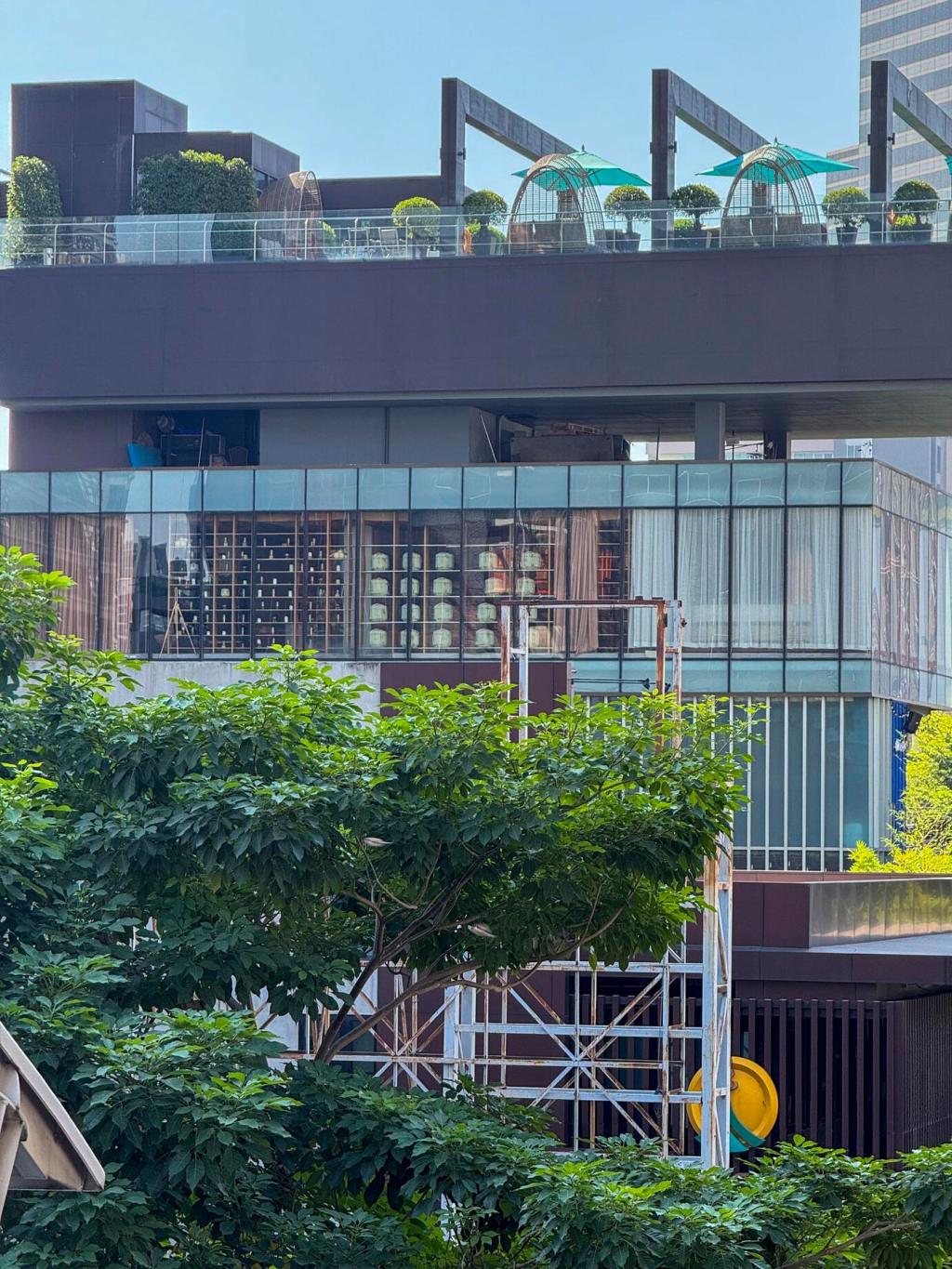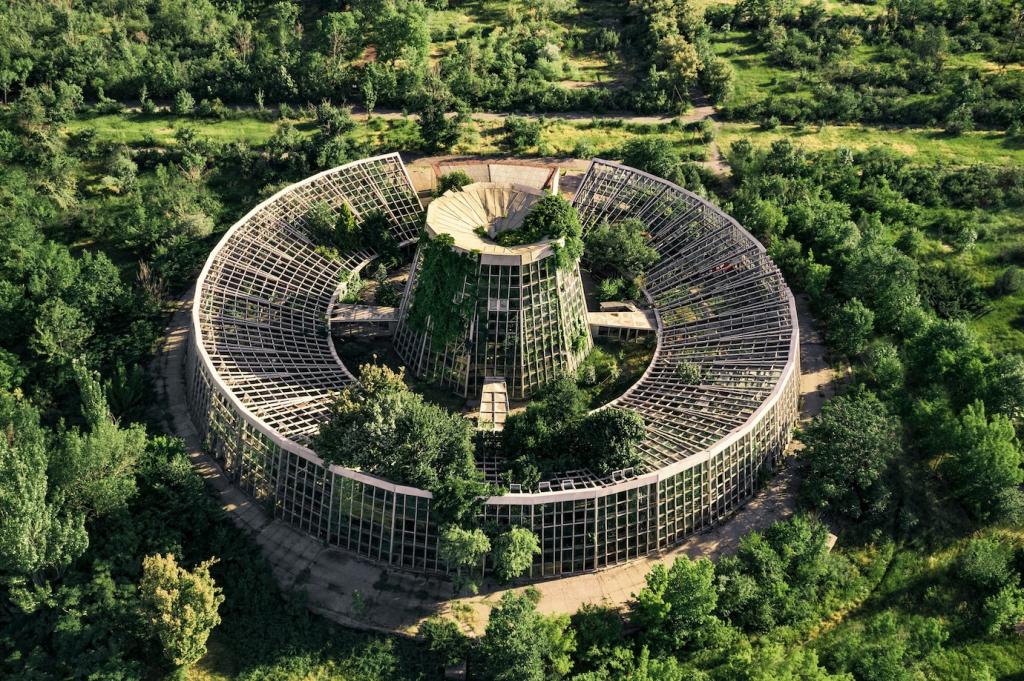Eco-Friendly Building Materials Transforming Home Construction
The movement toward sustainable living has sparked a revolution in the home construction industry. With increasing awareness of climate change and resource depletion, homeowners and builders alike are seeking alternative materials that minimize environmental impact without sacrificing quality or comfort. Eco-friendly building materials stand at the forefront of this transformation, offering innovative solutions that protect the planet while enhancing everyday living spaces. This page explores the pivotal role of green materials, their diverse applications, and the remarkable benefits they bring to modern home construction.
Sustainable Foundations: The Rise of Green Building Materials
The Popularity of Recycled Steel
Recycled steel has emerged as a robust alternative to traditional timber frames. By reusing reclaimed steel, builders not only bypass the need for resource-intensive mining but also reduce deforestation. Steel is known for its exceptional strength-to-weight ratio, meaning less material can support heavier loads, thereby reducing overall material usage. Furthermore, steel’s durability ensures longevity, lowering maintenance requirements and extending the lifecycle of homes. This transition from finite, destructive resources to an infinitely recyclable material is not just environmentally responsible but also a practical choice for modern construction.
Rammed Earth Walls: Traditional Meets Modern
Rammed earth construction exemplifies the synergy between historical techniques and eco-conscious innovation. By compressing layers of earth mixed with a minute amount of cement, builders create walls that exhibit excellent thermal mass, naturally regulating indoor temperatures and reducing the need for artificial heating or cooling. This technique requires minimal processing and utilizes locally available materials to further lessen transport emissions. The visual appeal of rammed earth—a warm, earthy texture—adds a unique character to modern homes, bridging the gap between environmental stewardship and contemporary aesthetics.
Engineered Bamboo for Structural Strength
Engineered bamboo represents a renewable powerhouse in sustainable building. With a growth cycle far faster than traditional hardwoods, bamboo can be harvested in just a few years and regrows rapidly without the need for replanting. New engineering methods transform bamboo into sturdy beams and panels that rival the strength of steel and concrete. In addition to its structural benefits, bamboo’s natural resistance to pests and mold reduces the necessity for chemical treatments, making it a holistic choice for green construction.
Energy Efficiency at the Core: Insulation Innovations
Sheep’s wool insulation leverages nature’s ingenuity, delivering high thermal efficiency with impressive breathability. Unlike synthetic insulations, wool naturally absorbs and releases moisture without compromising its insulating properties. This dynamic regulation mitigates condensation, reducing mold risks and improving indoor air quality. Wool is also fire-resistant, biodegradable, and requires minimal processing, making it an environmentally sound choice for those aiming to blend performance with sustainability.

Interior Innovations: Eco-Friendly Design Choices
Volatile organic compounds, or VOCs, are chemicals commonly found in paints and finishes that can off-gas into indoor air, compromising air quality and health. Low-VOC alternatives are formulated to minimize these emissions while retaining durability and color vibrancy. As a result, spaces painted with low-VOC products become safer for sensitive individuals, including children and those with respiratory conditions. The growing variety of colors and sheens ensures that sustainability does not limit creative expression, allowing owners to personalize interiors without ecological compromise.

